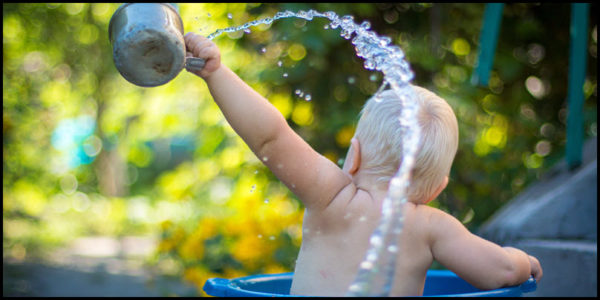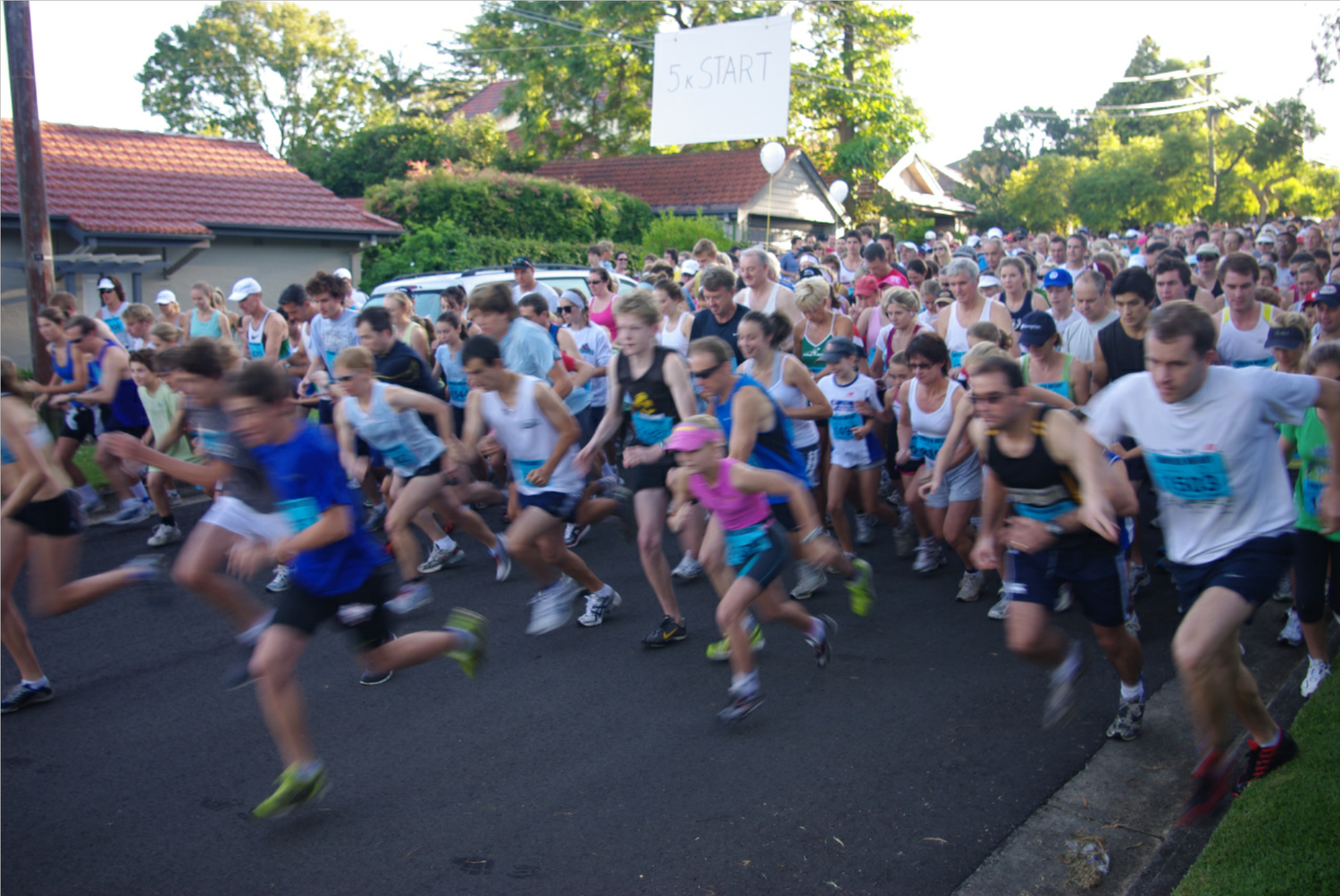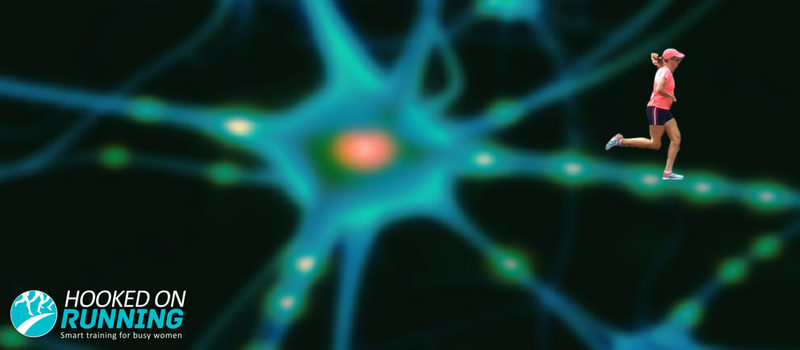Should you cool down after running? That is a very good question…and one which has not been satisfactorily answered to date!
Traditionally, the cool down has included some two to twenty minutes of running (or run/walking) at an intensity much lower than the main part of the workout, as well as some stretching of the main muscles groups used.
It’s an established “fact” that the cool down is an important part of your training session. Cooling down, the narrative goes, will help you to recover quickly and get your body ready for your next bout of exercise.
But…
It turns out, there’s not a great deal of evidence to support this. In fact, there’s been very little scientific research done on the topic at all.
What a traditional cool down after running will do for you.
- Speed up the rate at which lactate is cleared from the bloodstream. (Note it is lactate which is produced during exercise, not lactic acid)
- Reduce the risk of dizziness and fainting
- Help to prevent that post-exercise chill
- Give you a feel-good factor whilst you’re stretching – it always feels kinds of nice to stretch those muscles
- Put a mental punctuation mark at the end of your session, separating it from the rest of your day, and mentally signal you’re ready to get back to the daily grind!
What a traditional cool down most likely won’t do for you
- Relieve muscle tightness
- Relieve muscle soreness
- Improve your performance in a subsequent bout over the next few days, unless it is on the same day.
Let me explain…
Lactate Clearance
Cool downs have been proven to clear lactate from the bloodstream more quickly than stopping moving completely after a run. This has, until fairly recently, been assumed to be a good thing, as lactate (or more commonly incorrectly referred to as lactic acid) has been blamed for the muscle burn you feel when you’re fatigued, as well as the post exercise soreness you might feel a day or two later. It’s now known that it’s not lactate, but hydrogen ions which cause that dreadful muscle pain and weakness whilst you’re exercising at a high intensity.
Whilst a cool down might clear blood lactate more quickly, that’s not going to have an impact on how you feel. It’s also only going to speed the process up by 30 minutes or so. Lactate will clear from your bloodstream within about an hour post exercise anyway. There’s also no evidence to suggest that clearing lactate more quickly after a run will aid in recovery or performance except in specific circumstances (more on that later).
Muscle trauma is the real cause of post exercise pain
Post exercise soreness is not caused by lactate. It is more likely due to the micro tears to your muscles which are caused by working out. These microtears are not something you should be alarmed about. They are how your body adapts and rebuilds to become stronger.
And there’s doubt as to whether a cool down and stretch actually relieves muscle tightness. Studies amongst soccer players found that cooling down after training had no impact on their performance, flexibility or muscles soreness the next day after training.
If you’re looking at reducing delayed onset muscles soreness, a good warm up is the way to go. A study published in the Australian Journal of Physiotherapy showed that you can decreased delayed onset muscle soreness by warming up, but not by cooling down.
Cooling Down can help you perform better in a subsequent same-day exercise bout
One study amongst cyclists did show that using a cool down after a 30 minute time trial gave a performance advantage in a subsequent time trial on the same day over the control group who did no cool down. It seems if you’re planning on competing twice in one day, or doing two quality workouts in one day, then cooling down might be useful.
Preventing Dizziness
One thing a post run cool down will do for you is help to prevent blood pooling in your legs. When you exercise, a lot of oxygen rich blood is shunted to the working muscles to transport oxygen and other nutrients needed for energy production and muscle contraction and relaxation. If you stop still after you finish running, you run the risk of blood pooling in your lower legs, and possible dizziness or even fainting.
If you’re a particularly fit athlete, this could be more of a problem. Your heart rate will return to normal pretty quickly once you’re at rest, meaning it will be pumping less blood back up out of your legs.
Exercising for several minutes at a very low intensity at the end of your workout will mean your heart rate will remain elevated for longer, hence deoxygenated blood will be pumped out of your legs and back to the heart more quicly. The muscular contractions in your legs will also help to get that excess blood back out of your legs to where it should be.
It’s unusual for anyone to stop completely still after a run or a race. Most race finishes are set up so that you keep shuffling through the drinks stations etc for a couple of minutes. You might have a little sit-down after that, but then there’s finding your friends, getting home, going for coffee, so you’re really still moving at a low intensity for quite some time after a race. Same with finishing a run. How often do you have the luxury of putting your feet up and flicking through a magazine when you finish a run? Me… pretty much never. I’m often straight in from a run, getting dinner ready, doing the washing, getting kids out the door…
Post Run Chill
During a race the body is working hard to cool itself. This built in cooling system keeps up for some time after the race, even though you’ve stopped running and are not generating extra heat any more. The more gradual drop in body temperature a cool down encourages will help to prevent the chills.
Not cooling down might help to replenish glycogen stores
Lactate is used by the body in a number of different ways, one of which is to fuel your working muscles. Through a series of biochemical processes, lactate is converted to glycogen, which is one of the main sources of energy for muscles. When you finish a workout, particularly one which will have depleted your muscle glycogen stores, you should be trying to refuel your muscles as quickly as possible. One study amongst cyclists came to the conclusion that when the cyclists simply stopped exercising, lactate was turned back into glycogen and stored in the muscles, but when they cooled down, some of the glycogen was used up by the working muscles. It’s possible, that from the point of view of recovery and readiness for the next bout of exercise, cooling down might be detrimental. Of course, you could counteract this by fuelling well after exercise with a good carbohydrate and protein feed. *********link this to the milkshake thing if indeed there is one on our website -might be in a recovery thing
Why a 10 minute run and a bit of a stretch might still be a good idea
Even though there’s no evidence to show that a traditional cool down actually does all that it’s supposed to do, there might be a couple of good reasons to cool down with a lower intensity run. These reasons have far more to do with training adaptations than recovery or preventing muscles soreness.
In a high intensity workout, the body will produce a lot of lactate. At some point, it will be producing more than it can readily use. By running after the main part of your session is over, when you have a high level of lactate in your bloodstream, you’ll likely be teaching your body to use lactate more efficient.
Likewise, you could use a slow 15 minute run after a heavy workout to practice maintaining good form when you’re tired. You’ll teach yourself to run more efficiently when you’re tired, so don’t slump and shuffle through your next cool down. Be mindful of what you are doing.
Confused?
So the good news is, if you really hate cooling down, you’re probably not going to be doing yourself too much harm if you don’t do it, but it’s a very individual thing. If you’re one of those people who swear their muscles ache if they don’t cool down after a run, then keep doing it. It’s not likely to do you any harm.












